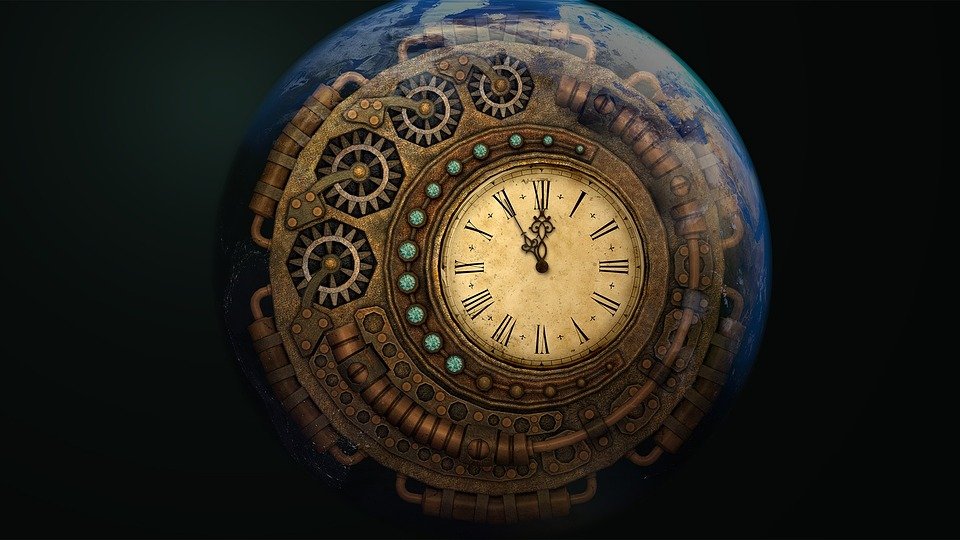From Concept to Playable: The game Design Process Demystified
Introduction
Game design is a multi-faceted process that involves creativity, technical skills, and a deep understanding of player psychology. From brainstorming ideas to creating playable prototypes, this article will demystify the game design process and provide a comprehensive overview of the steps involved.
1. Conceptualization
The first step in game design is conceptualization. This involves generating ideas and defining the core concept of the game. Designers often create a concept document that outlines the game’s theme, mechanics, and target audience. Brainstorming sessions, research, and market analysis are common techniques used during this phase.
2. Game Mechanics
Once the core concept is defined, game mechanics come into play. This step involves designing the rules, controls, and interactions that govern gameplay. Balancing these mechanics to ensure the game is challenging and enjoyable is crucial. Prototyping and playtesting are essential during this stage to refine and iterate the mechanics.
3. Storytelling and Narrative
If the game features a narrative, this step involves developing the story, characters, and world-building. Game designers create engaging narratives that immerse players in the game’s universe and drive their actions. This process may involve writing scripts, creating cutscenes, and designing dialogues.
4. Visual Design
Visual design is crucial in game development as it sets the game’s aesthetics and atmosphere. This step involves creating concept art, designing characters, environments, and UI elements. Game designers work closely with artists to ensure visual consistency and appeal.
5. Audio Design
Audio design enhances the player’s immersion and emotional connection with the game. Sound effects, music, and voice-over work are designed to complement the gameplay and create an immersive experience. Collaboration between sound designers, composers, and voice actors is essential during this phase.
6. Prototyping and Playtesting
Prototyping involves creating a basic version of the game to test and evaluate its mechanics, usability, and overall experience. Playtesting helps identify areas for improvement and ensure the game is enjoyable and engaging. Iteration is a key component of this phase, as designers refine the game based on feedback from testers.
7. Development
Once the game’s design is finalized, development begins. This step involves coding, programming, and implementing all the assets and features created during previous stages. Collaboration between designers, programmers, and artists is crucial to bring the game to life. Continuous testing and bug fixing are done throughout development to ensure a smooth user experience.
8. Quality Assurance
Quality assurance (QA) is an integral part of the game design process. This phase involves rigorous testing to identify and fix any bugs, glitches, or gameplay issues. QA testers play the game extensively, often following specific test plans, to ensure it meets the desired quality standards.
9. Release and Post-Release
After extensive testing and polishing, the game is ready for release. This phase involves marketing, distribution, and launching the game on the intended platforms. Post-release support includes updates, patches, and addressing player feedback to improve the game.
FAQs
Q: How long does the game design process usually take?
A: The game design process duration varies depending on the complexity and scope of the game. It can range from a few months for smaller projects to several years for larger productions.
Q: Do I need to know programming to be a game designer?
A: While programming skills can be beneficial, they are not always necessary. Game designers primarily focus on the creative and conceptual aspects of game development, collaborating with programmers and other specialists to bring their vision to life.
Q: Can I become a game designer without a formal education?
A: Yes, a formal education is not a strict requirement to become a game designer. However, acquiring relevant skills and knowledge through online courses, workshops, and self-study can greatly enhance your chances of success in the field.
Q: How important is player feedback in the game design process?
A: Player feedback is invaluable in game design. It helps identify areas for improvement, ensures the game meets players’ expectations, and enhances the overall user experience. Incorporating player feedback is crucial for creating successful and engaging games.
Q: Can I design games solo, or is a team necessary?
A: While it is possible to design games solo, the game development process often involves collaboration and teamwork. Building a team with diverse skills and expertise can greatly enhance the quality and efficiency of game design.
Q: Is game design a viable career option?
A: Yes, game design is a viable career option. The gaming industry is thriving, offering numerous opportunities for skilled and passionate game designers. However, it is a competitive field, and continuous learning, creativity, and adaptability are essential to succeed.
Conclusion
The game design process is a complex and dynamic journey that involves various stages, from concept development to the final release. By understanding and following these steps, aspiring game designers can bring their visions to life and create immersive and enjoyable experiences for players.

